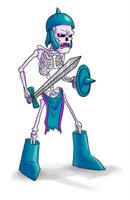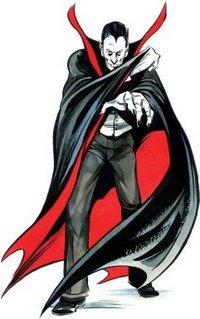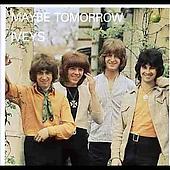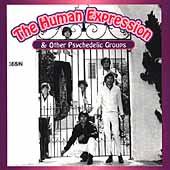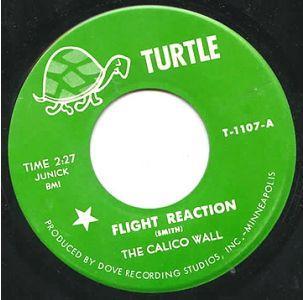Today, I am going to begin a new segment of Medicinal Music - Pharmaceutical Cocktails. Now I know what you're saying, "Dr. Moshe, Pharmaceutical Cocktails is a clever name, but what the hell does it mean?" Well here's the scoop - once every couple weeks, in addition to covering a song from the 1960s psych/garage scene, I will also highlight a cover version of the song, performed by more contemporary artists. I feel this will show that while songs covered on Medicinal Music were sonically au courant, the songwriting stands the test of time. If you have any suggestions for this segment, feel free to shoot me an email at
medicinalmusic@gmail.com.
For our first installment of Pharmaceutical Cocktails, we will be covering the song "Any Way That You Want Me." While The Troggs will be forever known in the rock lexicon for their rendition of the Chip Taylor-penned "Wild Thing," and the movie Love Actually returned "Love Is All Around
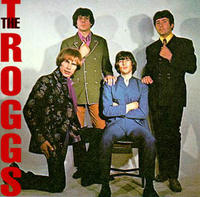
" to the mainstream's conscience, "Any Way That You Want Me" remains a personal favorite of mine.
Released as a single, "Any Way That You Want Me" peaked at #10 on the UK charts in December 1966. Like "Wild Thing," the song was also written by Chip Taylor, but lacks "Wild Thing"'s vocal and musical ferocity. Instead, the song begins with a simple cello foundation, before Reg Presley enters with a heartfelt verse that is the polar opposite to his turbulent "Wild Thing" vocals. The song picks up some of that attitude as the song progresses to the chorus, with the song filling out with addition string accompaniment and hard hitting drums.
Fast forward 24 years, - Jason (J Spaceman) Pierce breaks ties with Pete (Sonic Boom) Kember and their band, Spacemen 3. Spacemen 3 were no strangers to 1960s garage/psychedelia, drawing musical influences from bands such as MC5, Red Krayola, Thirte
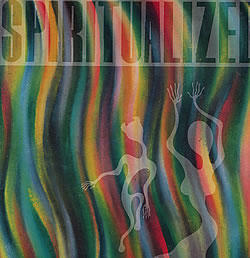
en Floor Elevators, and others. After leaving Spacemen 3, Pierce formed Spiritualized. Dedicated to Pierce's then-love interest, Kate Radley, the band released a cover of "Any Way That You Want Me," as Spiritualized's introduction to the world.
And quite an introduction it was. Spiritualized's high octane version of the song makes The Troggs' version look like a demo in hindsight. Clocking in at nearly six and a half minutes, Spiritualized kicks off the song in a similarly subdued manner as The Troggs, but, as each verse turns to chorus, the song picks up more and more momentum. The band achieves a very full sound without the song sounding cluttered. It is this cohesiveness that allows each layer of the song stand together without getting lost in shuffle.
The Troggs
"Any Way That You Want Me"
1966Spiritualized
"Any Way That You Want Me"
1990
 Happy halloweeen readers! No tricks for you today, only treats. For today's Halloween post, I decided to post a song by what many consider the very first punk rock band - The Sonics. Hailing from the Pacific northwest, The Sonics were a high energy garage band that used a lot of fuzz and distortion to create their historic sound. If you aren't familiar with The Sonics, I highly recommend picking up Here Comes The Sonics, essential listening for any fan of 1960s garage rock.
Happy halloweeen readers! No tricks for you today, only treats. For today's Halloween post, I decided to post a song by what many consider the very first punk rock band - The Sonics. Hailing from the Pacific northwest, The Sonics were a high energy garage band that used a lot of fuzz and distortion to create their historic sound. If you aren't familiar with The Sonics, I highly recommend picking up Here Comes The Sonics, essential listening for any fan of 1960s garage rock.